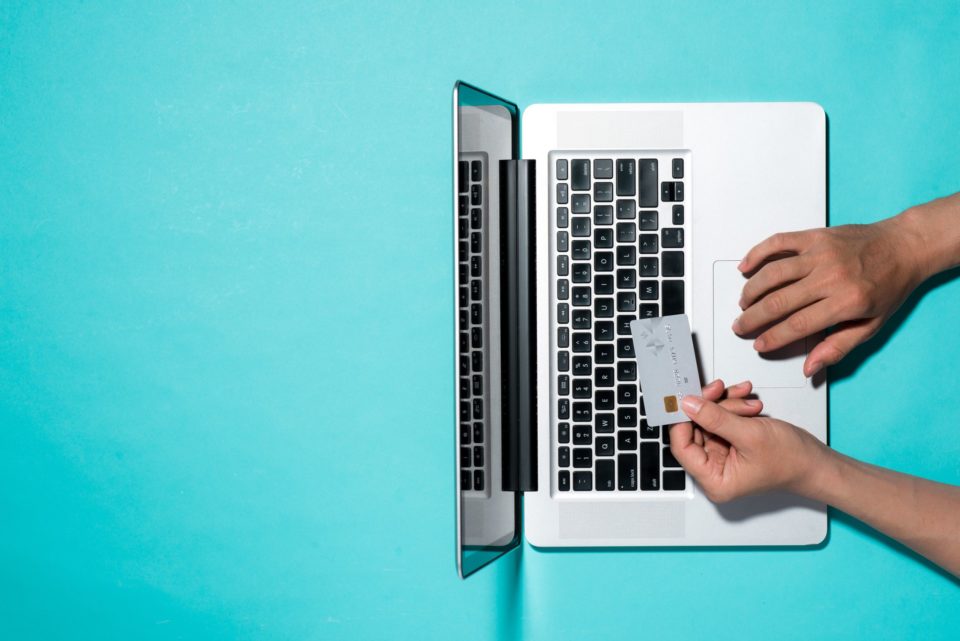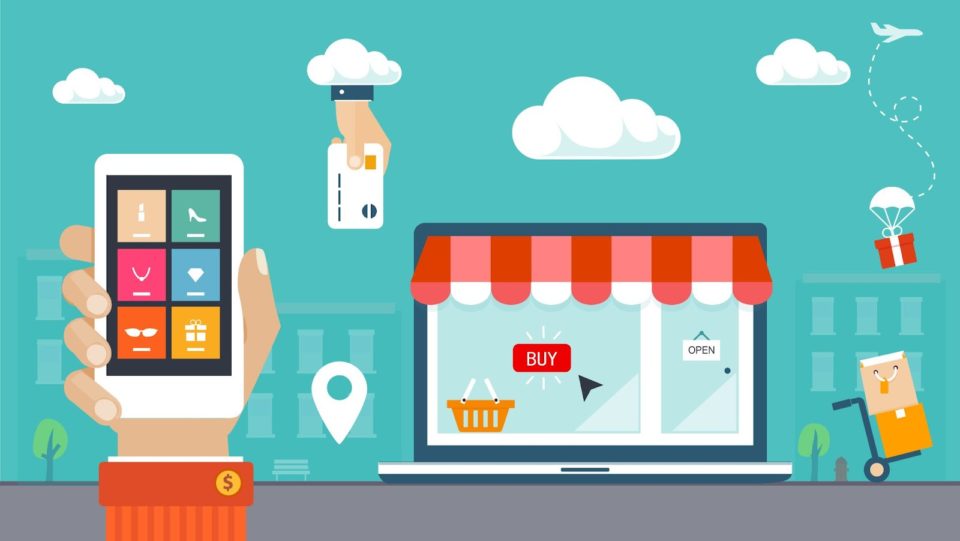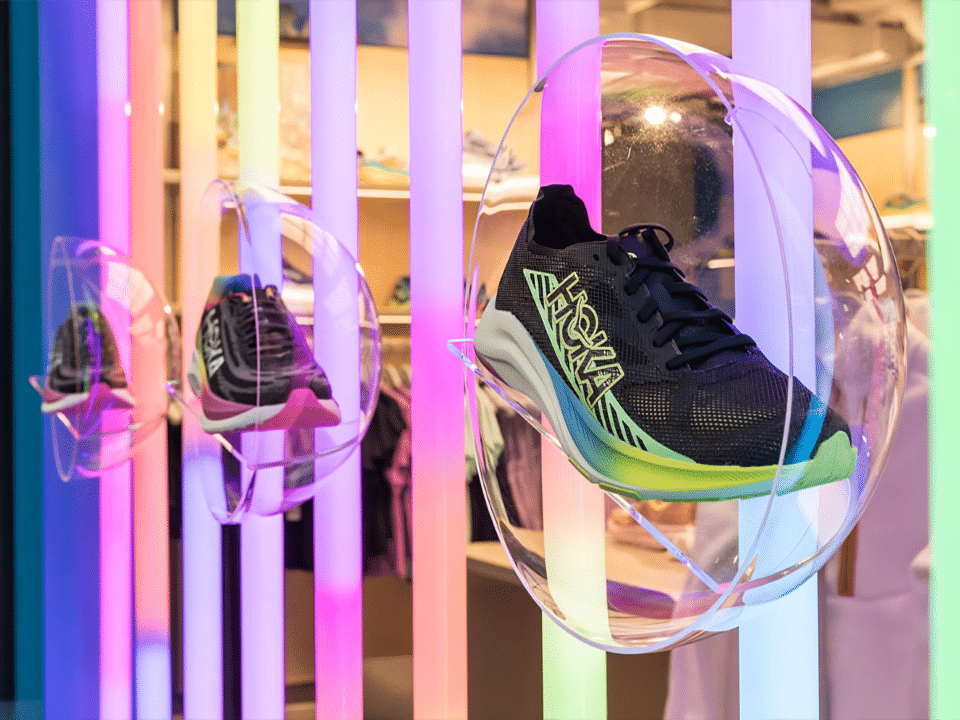Should you be considering drive-through retail?
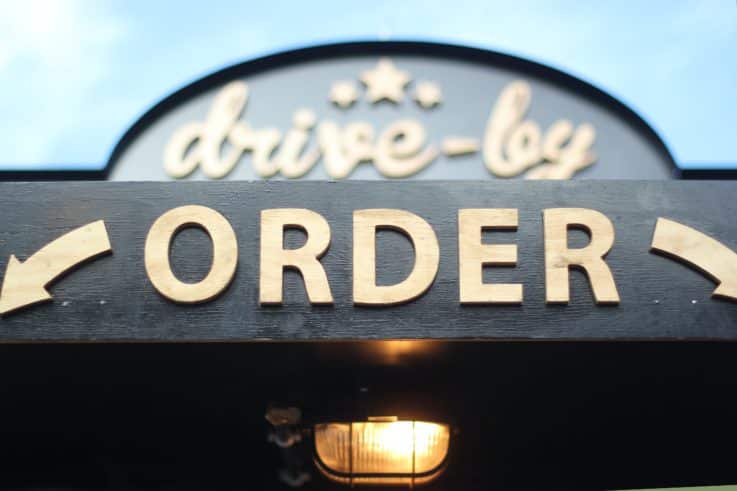
The drive-through is having a bit of a moment.
The backdrop of a global pandemic that made us all familiar with the term ‘social distancing’ has positioned the car as a personal safety bubble for going out into the world.
It’s no surprise then that the car was at the centre of many operating models during the height of the pandemic – and in reopening strategies. The queues at reopened drive-through restaurants were testament to our desire to get out of the four walls of our homes and have a taste of the normal.
Now the race is on to perfect the drive-through retail experience.
Should you be joining it?
Yes. If you can.

Curbside collection is the drive-through of retail
The words drive-through conjure up an image of roadside fast food chains, ordering via a dodgy speaker and doing the brown bag change of hands through the car window.
That experience still exists – albeit in a slightly more modern form.
But for retail the drive-through boom has come in a slightly different guise.
Back in April Dixons Carphone announced plans to open drive-through stores. As it turns out, those stores aren’t so much classic drive-through as curbside (or kerbside as we say in the UK) collection points.
The truth is drive-through retail is curbside collection. To do it any other way would require higher levels of investment and longer lead times. In the current climate neither are favourable options.
Curbside collection is already being used to great effect by the likes of Target, Nike and Walmart.
The good news is that if you have some sort of parking facility outside your stores you can do the same. And it’s worth doing.
The curbside drive-through format is broadly the same across all retailers. Customers order online via the company website or app and schedule a time to collect from the store.
The pick-up experience can vary though. At Nike by Melrose in LA, customers use SMS messages to communicate with staff to buy, exchange or refund items from the car. Dixons Carphone, Walmart and Target have contactless free experiences that see orders bought out to the car and loaded directly into the boot.
What’s important though is that it works. Earlier this year Target reported that its online sales grew 29% in the 2019 fiscal year with more customers choosing same day delivery options such as curbside collection.
This includes a 500% increase in drive-through collections.
But more importantly Target also said in-store pickup and curbside collection cost 90% less than shipping an online order to a customer’s home.
It’s also worth factoring in that Target says online shoppers buy more once they try curbside collection. Reportedly three quarters of its curbside collection customers use the service again within three months and spend up to 25% more.
Target isn’t an isolated case. Best Buy switched its stores to a curbside collection only model in March and saw a 242% increase in online sales for Q2. While ecommerce sales have understandably been rising anyway due to the pandemic requiring store closures and/or shoppers staying home, it’s clear that shoppers are responding well to a safe way to buy from store.
Essentially curbside collection hits three key metrics – speed of delivery by letting customers get their item the same day; cost of delivery for the retailer and ROI as customers buy more when using it.
It’s also not just a service for the pandemic either. In March Dick’s Sporting Goods introduced curbside collection in response to the coronavirus pandemic. The service was a factor in the company’s hugely successful Q2.
What’s more though the brand has been surprised by the continued popularity of curbside collection. When its stores reopened in June Dick’s Sporting Goods expected a step decline in curbside orders but that has not been the case.
Curbside collection is convenient. That convenience doesn’t disappear when the pandemic ends.
Retailers who have explored curbside collection already are viewing it as a fundamental part of the store offering going forward. Best Buy is planning to double-down on its curbside offering by adding in new functionality such as digital updates for customers and information about busy and quiet periods for collection.
If there’s anything omnichannel/store-based offering that is worth the investment, curbside collection/drive-through retail is it.
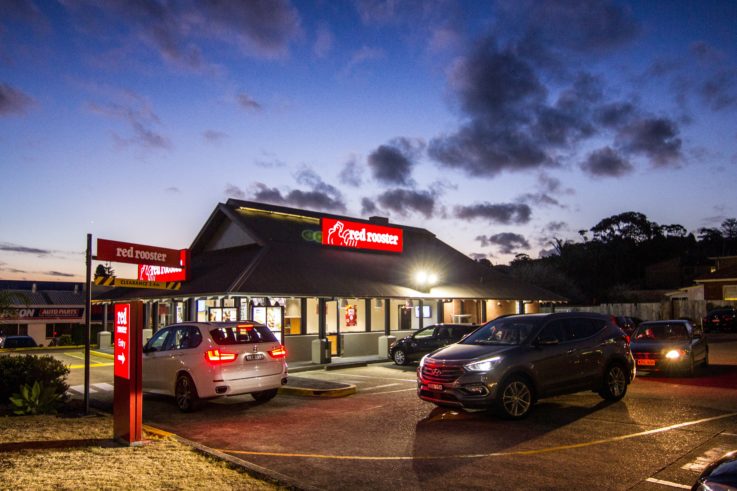
What can drive-through retail learn from fast food?
While drive-through retail doesn’t actually look a lot like the traditional drive-through right now it can still learn from it.
Especially as we may see another shift in drive-through retail coming. Philippines grocery company MerryMart has announced plans to open its first drive-through store in January 2021. Although details are sparse, early designs suggest it will look more like a traditional drive-through than the existing curbside collection model.
Changes have also been taking place in the fast food drive-through. Next year Shake Shack will move into drive-throughs for the first time. Chipotle is adding drive-through lanes to as many of its existing stores as it possibly can.
Burger King has just unveiled plans for a number of brand-new drive-through concepts. One is a small-format space with drive-through and parking places where food can be brought out to the customer. The other is a larger footprint store which maximises drive-through lanes, including a lane for delivery drivers.
Just as with retailers like Target and Walmart, fast food retailers have realised the value in curbside collection when it comes to fulfilling orders quickly. Cars can be served faster if customers have placed their order in advance for collection than if they are ordering from scratch at the drive-through.
The more orders that go through the drive-through the smaller the stores themselves can be. As a result, we’re seeing companies from Starbucks to Taco Bell to Burger King looking to open more small-format spaces in the coming years.
This same approach is already playing out in wider retail as retailers look to scale down big concepts to reach customers in more built-up areas. In some cases it’s likely these small stores will also be built with curbside collection in mind.
The most important element of successful drive-through retailing is the back-end tech. You need to invest in the right set-up so that you can seamlessly take orders, have a real-time view of stock, book time slots, prepare product and enable customers to communicate with you when they arrive.
The fast food world has spent a lot of time and money investing in its drive-through tech. Taco Bell has spent years refining its tech and processes to get its drive-through wait times down to four minutes or less. It’s also exploring priority drive-through lanes for people who order on mobile. This includes identifying when a customer arrives at the store via GPS to ensure their order is ready at exactly the right time.
For its new drive-through lanes Chipotle is requiring customers to order in advance via its app rather than when they arrive at the store. This brings its wait times down to under a minute.
AI is also a big feature. Starbucks has its own AI back-end to help it manage orders coming in from different sources. McDonald’s acquired AI company Dynamic Yield last year with the aim of constantly changing its digital menus based on things like the weather and how much traffic there is nearby.
The same concerns apply to retail more broadly. Retailers will follow the lead of the fast-food giants in investing in back-end systems and AI to drive down wait times and manage high volumes of orders.
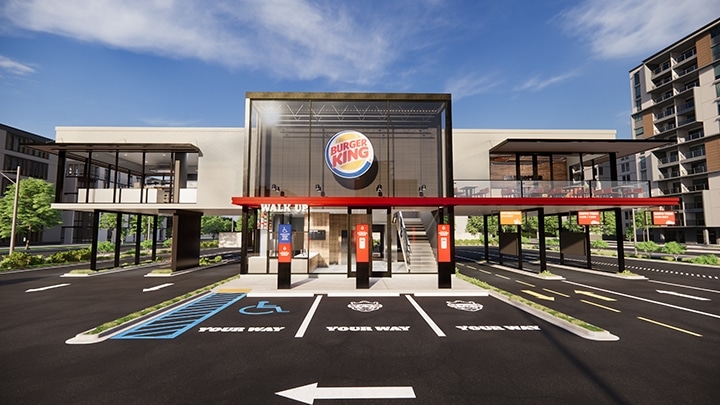
Image credit – Burger King
What is the future of the drive-through?
The drive-through is going great guns at the moment with adoption no doubt sped up by the coronavirus pandemic. But what is the automotive lay of the land beyond Covid-19?
It could be good news for drive-through retailing. Coronavirus is causing shifts in consumer behaviour. This could see more people shifting back to the car over the more environmentally friendly public transport.
On the other hand, the challenging economic climate created by coronavirus could slow down car sales;
The biggest shift on the horizon though is the rise of the self-driving car. There are a whole host of different companies developing driverless vehicles. Alphabet Inc is the current leader with its Waymo vehicles actually operating in small use cases in the US.
As to when self-driving cars hit the mainstream, it’s hard to say. Many companies have revised their initial timelines with several quoting 2021 for first deployment. Covid-19 is sure to have impacted this.
What about when self-driving cars are a thing though?
Well, they’re going to be expensive. Certainly, to start with. But that doesn’t necessarily mean access to self-driving cars will be limited.
There’s no doubt that in the future it will be possible to book a self-driving car to take you somewhere the same way you book a traditional taxi or an Uber today.
Equally, those who can afford to invest in a self-driving car may offset some of that cost by turning their vehicle into a secondary income stream through renting it to other users. One of the universal truths of car ownership is that your car often sits unused for extended periods of time while you’re at work or sleeping or just not in need of travelling.
We’re already seen a rise in car sharing initiatives in response to this. This varies from sharing your car with family and friends right through to co-ownership of a vehicle. It’s not a massive leap to imagine self-driving car owners leasing out their vehicle to others when they’re not using it. Driverless car sharing schemes will also be a factor.
What does this mean for retail?
That depends. Self-driving cars can certainly help customers complete the same journeys that they have now. But imagine if they became smart enough to complete them on their own. What if you could send a click and collect confirmation to your driverless vehicle and it could drive to the store and collect it for you?
What if while your car was being used by someone else you could send it a notification to collect something for you on the way home? Suddenly drive-through retail could expand beyond kerbside collection. It could look and function more like the advanced fast-food drive-throughs.
Automated vehicles may also be used to deliver packages whether that’s to a store or warehouse or to a customer home. It may be that one way to get the most out of investing in a drive-through retail facility is to make it a logistics point as well. This means that automated delivery vans could use it to pick up more packages for distribution rather than returning to a central warehouse.
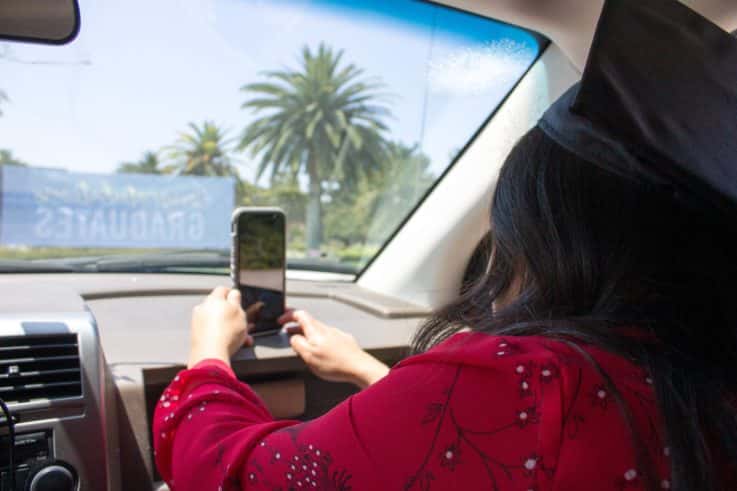
Conclusion
Drive-through retail is having a moment – for a good reason.
Curbside collection is booming as customers look for a convenient and safe solution to shopping in-store. But it’s not just a useful service as the world comes to terms with Covid-19.
Retailers who have made use of curbside collection are reporting high levels of uptake and higher spends from customers. At the same time, fulfilling orders through curbside collection is far cheaper than other forms of delivery.
The investment case is there. The customer demand is there. Is your retail business there?

